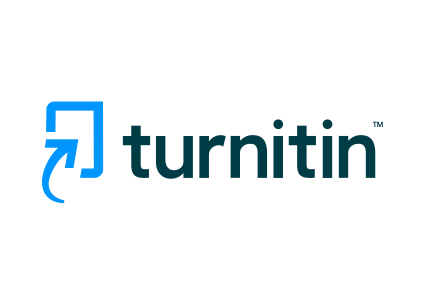IMPROVING COURSE LEARNING OUTCOMES ANALYSIS OF ENVIRONMENTAL IMPACT THROUGH DEVELOPMENT OF PROJECT-BASED LEARNING
Abstract
The Environmental Impact Analysis course is one of the compulsory subjects in the Environmental Engineering Study Program, Jambi University. This course studies sustainable development, environmental issues, use of AMDAL, screening and scoping process, AMDAL methodology, UKL-UPL, DELH, DPLH, environmental audit and KLHS. One of the efforts to obtain optimal course learning outcomes, an active learning model is needed that can provide opportunities for students to design assignments and explore information to be applied. A learning model that can provide experience, knowledge, skills and attitudes for students, namely the project-based learning (PBL) model. The purpose of this study is to see the effectiveness of this project-based learning model in optimizing learning outcomes for the Environmental Impact Analysis course. This research was carried out in the Odd Semester of the 2022/2023 Academic Year. Based on the research results, it is known that this project-based learning model can improve learning outcomes for the Environmental Impact Analysis course. This can be seen from the results of the evaluation of the Environmental Impact Analysis course in the Odd Semester of the 2021/2022 Academic Year, namely the average quiz score of 60.65 and an increase in the Odd Semester of the 2022/2023 Academic Year, namely the average quiz score of 81.75. The results of the measurement using a questionnaire showed that as many as 83% of students considered the project-based learning model to improve understanding in the Environmental Impact Analysis course.
References
Chifrian, Eva., Andres, Ana., Galan, Berta., dan Viguri, Javier R. 2020. Integration of different assessment approaches: application to aproject-based learning engineering course. Education for Chemical Engineers. 31 (2020) 62–75.
Davis, Eric J., Pauls, Steve., dan Dick, Jonathan. 2016. Project-Based Learning in Undergraduate Environmental Chemistry Laboratory: Using EPA Methods To Guide Student Method Development for Pesticide Quantitation. Journal of Chemical Education. DOI: 10.1021/acs.jchemed.6b00352.
Guo, Pengyue., Saab, Nadira., Post, Lysanne S., dan Admiraal, Wilfried. 2020. A review of project-based learning in higher education: Student outcomes and measures. International Journal of Educational Research. 102: 101586.
Nainggolan, Bajoka., Hutabarat, Wesly., Situmorang, Manihar., dan Sitorus, Marham. 2020. Developing Innovative Chemistry Laboratory Workbook Integrated with Project–based Learning and Character-based Chemistry. International Journal of Instruction. Vol.13 No.3. e-ISSN: 1308-1470.
Rahmi. 2012. Pengembangan Kerangka Kerja TPACK pada Materi Teori Tumbukan melalui Model Pembelajaran Berbasis Proyek untuk Meningkatkan Struktur Berpikir Siswa Kelas XI IPA 4 SMA N 8 Kota Jambi: Skripsi, Jurusan Pendidikan Matematika dan Ilmu Pengetahuan Alam, FKIP Universitas Jambi.
Riza, Muhammad., Kartono., dan Susilaningsih, Endang. 2020. Pembelajaran Virtual Model PjBL (Project Based Learning) pada Pandemi Covid-19: Tinjauan. Prosiding Seminar Nasional Pascasarjana UNNES. ISSN: 26866404.
Sujana, Dede., Sadiki, Supriyadi., dan Ariyani, Emma Dwi. 2021. Analisa Model Pembelajaran Project Based Learning sebagai Solusi Program Pengembangan Kewirausahaan dan Inkubator Bisnis Teknologi pada Masa Pandemi. Jurnal Ilmiah MEA. Vol.5 No.1, 1180-1200.
Downloads
Published
Issue
Section
License
Copyright (c) 2023 Jurnal Salome : Multidisipliner Keilmuan

This work is licensed under a Creative Commons Attribution-ShareAlike 4.0 International License.









